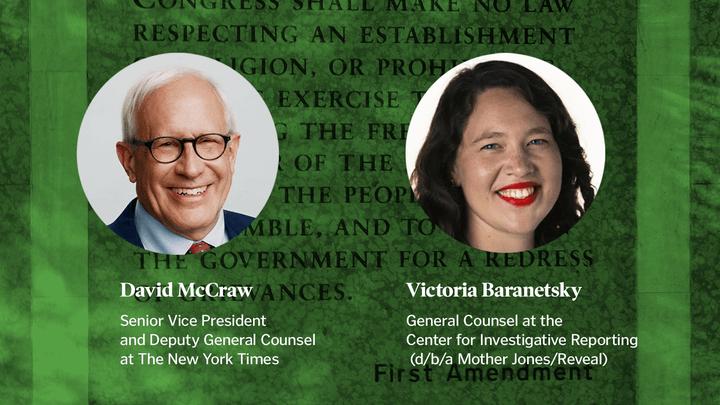Don Murray explains the writing process for his column that runs in The Boston Globe. This column originally ran in The Portsmouth Herald, on Nov. 15, 2004. It is reprinted here with permission.
How I write my Boston Globe column:
This is how I am writing my weekly column these days. This is not the way I write the non-fiction books I am working on or the novel. I am not suggesting you write my way. The column is one of the few places in a newspaper where the reader hears an individual voice. We must preserve that. However I do believe that effective writing is not a matter of genetics or mystery, but of craft. I believe we should share how we write and learn from each other, adapting techniques to our needs. Difference is what I want when I read — and when I write. Sandra Cisneros tells us, “Write about what makes you different.” Your readers want to see the world through your eyes.
How do you look for a column?
I don’t. When I formally look for a subject I see what I’ve seen before, hear what I have heard before, think as I thought before. I continually read my response to ordinary life: what surprises me, what worries me, what has changed, what do I celebrate, what do I fear, what makes me wonder, what contradicts, what is that isn’t, what isn’t that should be, what’s the conflict, what do I need to know, what itches? I find that my articulated response speaks for the inarticulate.
How I recognize a column:
I hear a line, a fragment of language that holds conflict, contradiction, surprise, something — or see an image that sticks in my eye. This is not a thesis statement. My ignorance is essential. I do not write what I know but what I need to know. It is not something I know but need to know. Grace Paley: “We write about what we don’t know about what we know.” Some current instigating lines: “Here are the keys. You drive,” “I’m going home with you,” “A love story [told at a distance],” “A guilty loneliness,” “A day that will live in infamy.”
How do I prepare to write a column?
I play with the line or image in my head. I am not looking for meaning or mood, a lead or a draft, just building up and knocking, connecting and disconnecting, a child with a box of blocks. I try to know at the end of a writing morning, the writing task I face the next morning. I do not think, plan, outline, draft, but turn that job over to my subconscious while I live my life.
How do I write a column?
Usually I write fast to run ahead of my knowing. I think that speed at one sitting, then I have a life change and can only find time to write in small chunks, a paragraph or two at different times, then go over it to make it spontaneous. I hear what I am writing and can create the first draft with the screen turned off. Voice is vital. It tells you what you think and feel, as well as how to write it. I imagine my reader standing beside me as we have a conversation. The reader leads me, asking the questions I must answer. If I say nothing that surprises us by the end of the first third of the draft, I start a new column on a new topic. After I write a draft, I read it, hearing what I have said so I can dance to the music of the draft.





